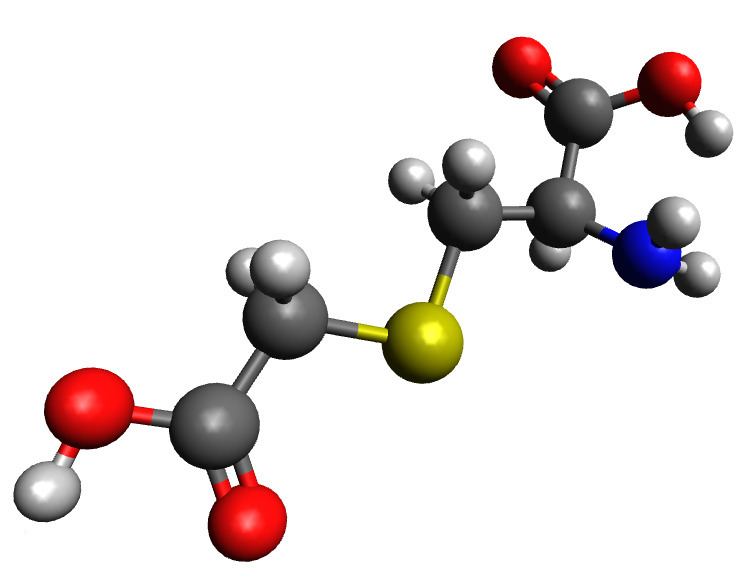Formula C5H9NO4S Molar mass 179.191 g/mol | Melting point 204 °C Appearance Colorless solid | |
 | ||
IUPAC ID (R)-2-Amino-3-(carboxymethylsulfanyl)propanoic acid | ||
What does carbocisteine mean
Carbocisteine (INN), also called carbocysteine (USAN), is a mucolytic that reduces the viscosity of sputum and so can be used to help relieve the symptoms of chronic obstructive pulmonary disorder (COPD) and bronchiectasis by allowing the sufferer to bring up sputum more easily. Carbocisteine should not be used with antitussives (cough suppressants) or medicines that dry up bronchial secretions.
Contents
Carbocisteine is produced by alkylation of cysteine with chloroacetic acid.
Trade names
References
Carbocisteine Wikipedia(Text) CC BY-SA
